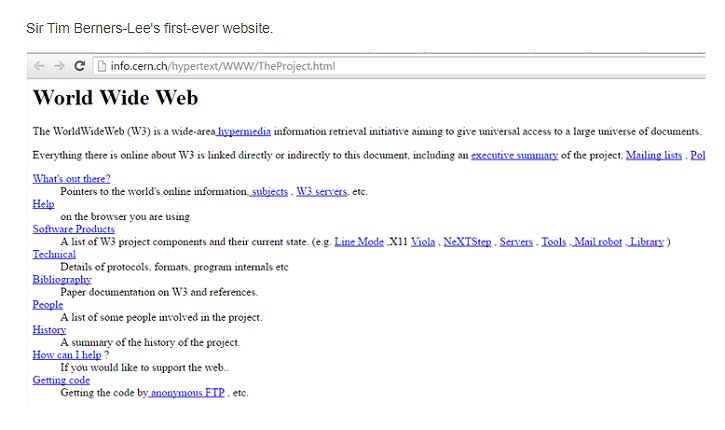Content, Structure & Visual Result |
||
| The originators of HTML were scientists who wanted a standard means to share scientific documents. They had little interest in the visual form of the document. Casting aside the graphic design and editorial traditions of publishing, the original designers of the Web ignored human motivation and the need for the visual logic of sophisticated graphic design and typography. For example, most graphic designers avoid using the standard heading tags in HTML (H1, H2, and so on) because they lack subtlety: in most Web browsers these tags make headlines look absurdly large (H1, H2) or ridiculously small (H4, H5, H6). But the header tags in HTML were not created with graphic design in mind. Their sole purpose is to designate a hierarchy of headline importance, so that both human readers and automated search engines can look at a document and easily determine its information structure. Only incidentally did browser designers create a visual hierarchy for HTML headers by assigning different type sizes and levels of boldness to each header element. |
||
